
What began as an order of mystics and saints eventually turned into a dynasty of kings. The Safavid Order was founded in the city of Ardabil in northwestern Iran. At first, the Safavids followed Sunni Islam, the most widespread branch of the Muslim faith. However, in the mid-15th century, they began following Shia Islam. According to Shia beliefs, the mantle of spiritual and political leadership was handed down to the direct descendants of the Prophet Muhammad, with the Prophet’s cousin and son-in law Ali ibn Abi Talib first and foremost amongst them.
The Safavids became a military force as early as the 14th century, but it was only under the reign of Shah Ismail I (1487-1524) that they completed their conquest of Iran. Ismail declared that Shi'ism was the official religion of the Safavid Kingdom, and this declaration was aggressively enforced.
The Ottoman Sultan Selim I (1470-1520) finally put a stop to the expansion of Ismail I’s kingdom in 1514 during the Battle of Chaldiran, when his soldiers defeated the Safavid forces and captured Tabriz, the capital of Iran at the time. The Ottomans, who viewed themselves as the defenders of Sunni Islam, remained the Safavids' main adversaries for the next 200 years.
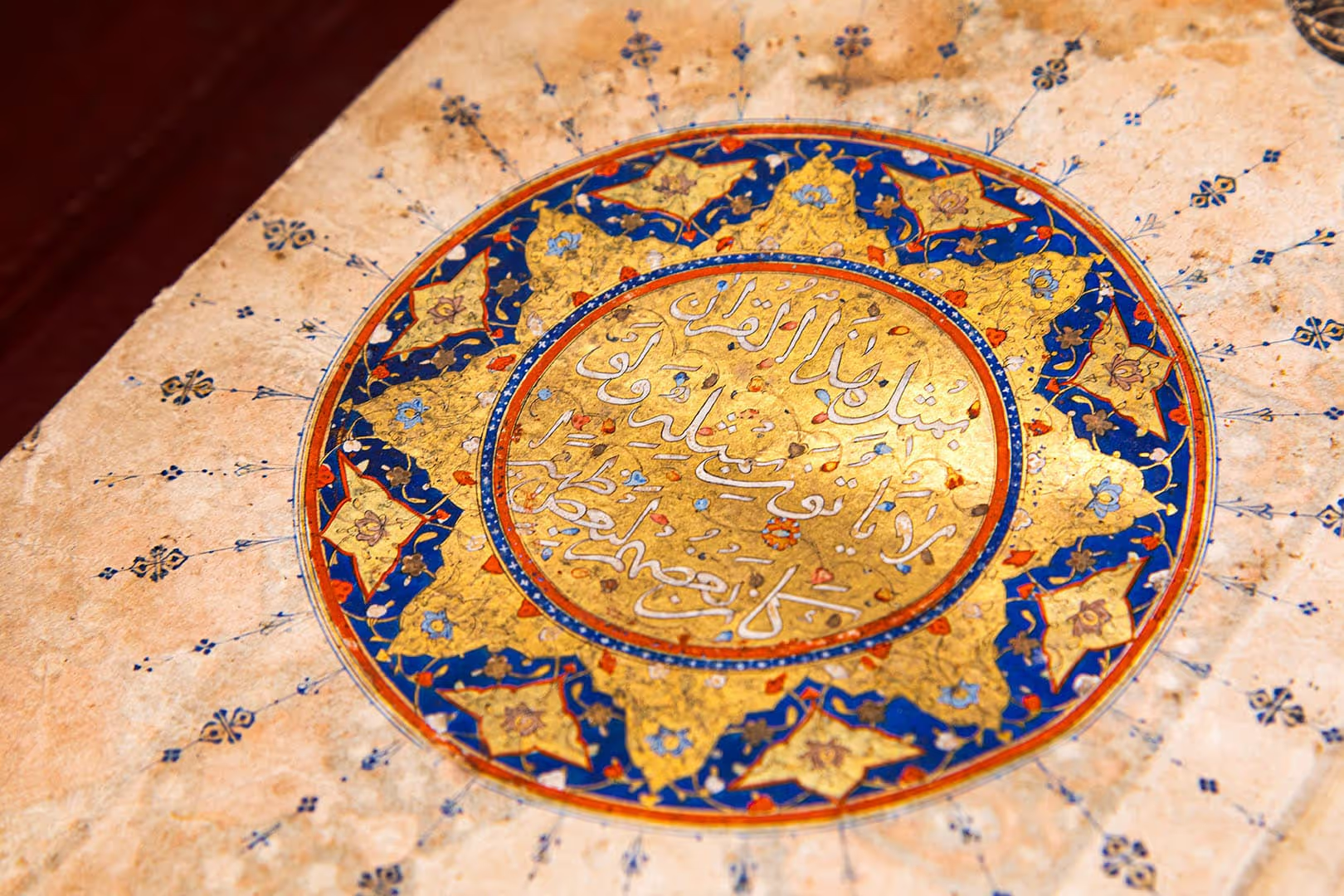
What began as an order of mystics and saints eventually turned into a dynasty of kings. The Safavid Order was founded in the city of Ardabil in northwestern Iran. At first, the Safavids followed Sunni Islam, the most widespread branch of the Muslim faith. However, in the mid-15th century, they began following Shia Islam. According to Shia beliefs, the mantle of spiritual and political leadership was handed down to the direct descendants of the Prophet Muhammad, with the Prophet’s cousin and son-in law Ali ibn Abi Talib first and foremost amongst them.
The Safavids became a military force as early as the 14th century, but it was only under the reign of Shah Ismail I (1487-1524) that they completed their conquest of Iran. Ismail declared that Shi'ism was the official religion of the Safavid Kingdom, and this declaration was aggressively enforced.
The Ottoman Sultan Selim I (1470-1520) finally put a stop to the expansion of Ismail I’s kingdom in 1514 during the Battle of Chaldiran, when his soldiers defeated the Safavid forces and captured Tabriz, the capital of Iran at the time. The Ottomans, who viewed themselves as the defenders of Sunni Islam, remained the Safavids' main adversaries for the next 200 years.

What began as an order of mystics and saints eventually turned into a dynasty of kings. The Safavid Order was founded in the city of Ardabil in northwestern Iran. At first, the Safavids followed Sunni Islam, the most widespread branch of the Muslim faith. However, in the mid-15th century, they began following Shia Islam. According to Shia beliefs, the mantle of spiritual and political leadership was handed down to the direct descendants of the Prophet Muhammad, with the Prophet’s cousin and son-in law Ali ibn Abi Talib first and foremost amongst them.
The Safavids became a military force as early as the 14th century, but it was only under the reign of Shah Ismail I (1487-1524) that they completed their conquest of Iran. Ismail declared that Shi'ism was the official religion of the Safavid Kingdom, and this declaration was aggressively enforced.
The Ottoman Sultan Selim I (1470-1520) finally put a stop to the expansion of Ismail I’s kingdom in 1514 during the Battle of Chaldiran, when his soldiers defeated the Safavid forces and captured Tabriz, the capital of Iran at the time. The Ottomans, who viewed themselves as the defenders of Sunni Islam, remained the Safavids' main adversaries for the next 200 years.



A magnificent manuscript of the Quran, preserved at the National Library of Israel, testifies to the religious rivalries between the Safavids and the Ottomans. This manuscript was copied for the Safavid royal court during the 16th century, and one of the last pages contains the Shi'ite version of the Shahada, the Muslim declaration of faith: "There is no God but God, Muhammad is his Prophet, and Ali is the Viceregent of God." Some time later, the manuscript made its way into Ottoman hands, as evidenced by the seal of Selim's royal library, a seal that was still in use long after the end of his reign. An Ottoman censor erased the last part of the Shi'ite declaration of faith, which would have been jarring to Sunni ears, and covered it up with a thick layer of gold leaf.

A magnificent manuscript of the Quran, preserved at the National Library of Israel, testifies to the religious rivalries between the Safavids and the Ottomans. This manuscript was copied for the Safavid royal court during the 16th century, and one of the last pages contains the Shi'ite version of the Shahada, the Muslim declaration of faith: "There is no God but God, Muhammad is his Prophet, and Ali is the Viceregent of God." Some time later, the manuscript made its way into Ottoman hands, as evidenced by the seal of Selim's royal library, a seal that was still in use long after the end of his reign. An Ottoman censor erased the last part of the Shi'ite declaration of faith, which would have been jarring to Sunni ears, and covered it up with a thick layer of gold leaf.



A magnificent manuscript of the Quran, preserved at the National Library of Israel, testifies to the religious rivalries between the Safavids and the Ottomans. This manuscript was copied for the Safavid royal court during the 16th century, and one of the last pages contains the Shi'ite version of the Shahada, the Muslim declaration of faith: "There is no God but God, Muhammad is his Prophet, and Ali is the Viceregent of God." Some time later, the manuscript made its way into Ottoman hands, as evidenced by the seal of Selim's royal library, a seal that was still in use long after the end of his reign. An Ottoman censor erased the last part of the Shi'ite declaration of faith, which would have been jarring to Sunni ears, and covered it up with a thick layer of gold leaf.

tab1img1=The impressive manuscript of the Quran, which passed from Safavid hands to Ottoman ones.
tab2img2=Part of the Shi’ite declaration of faith was censored - The manuscript preserved at the National Library of Israel





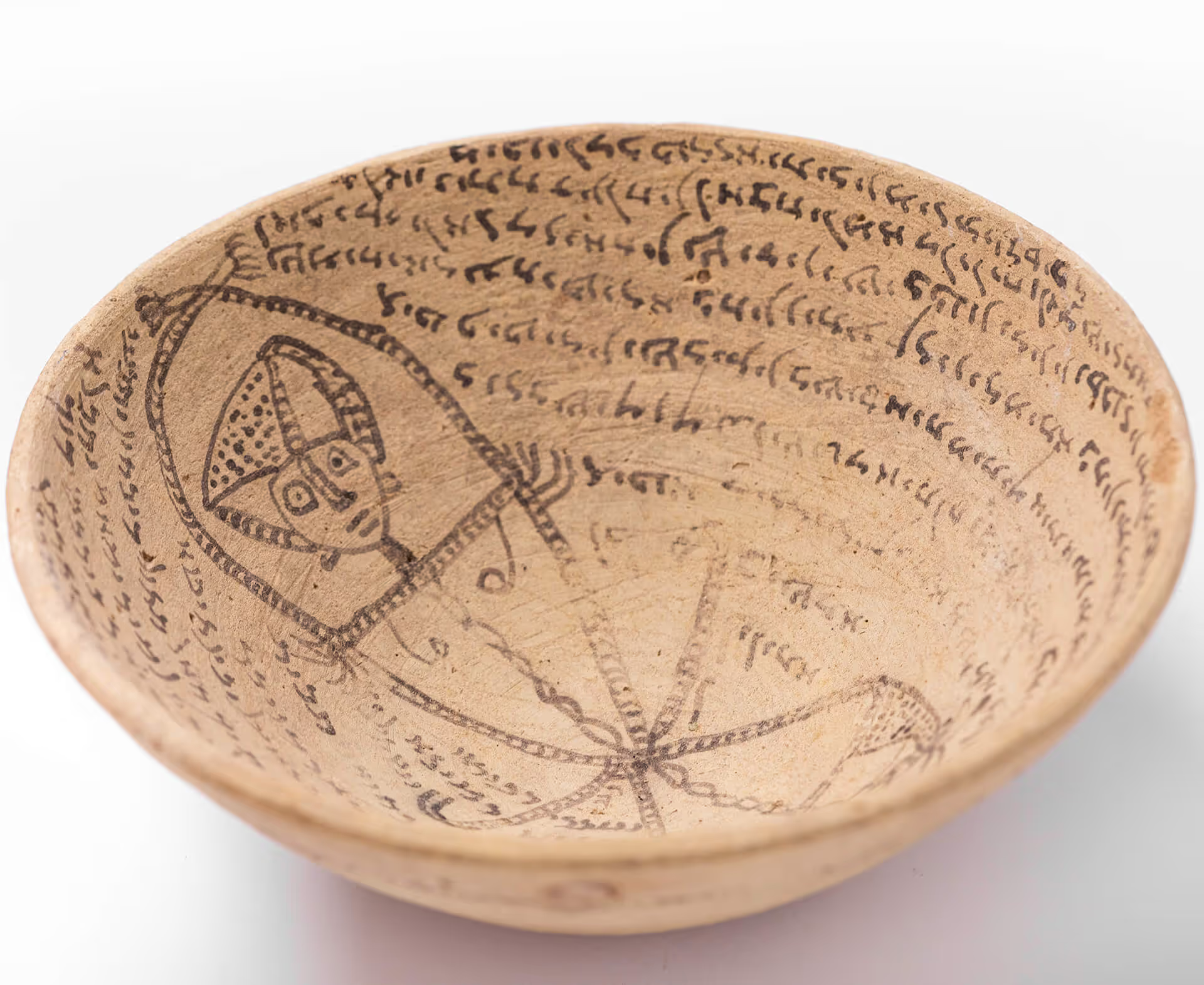
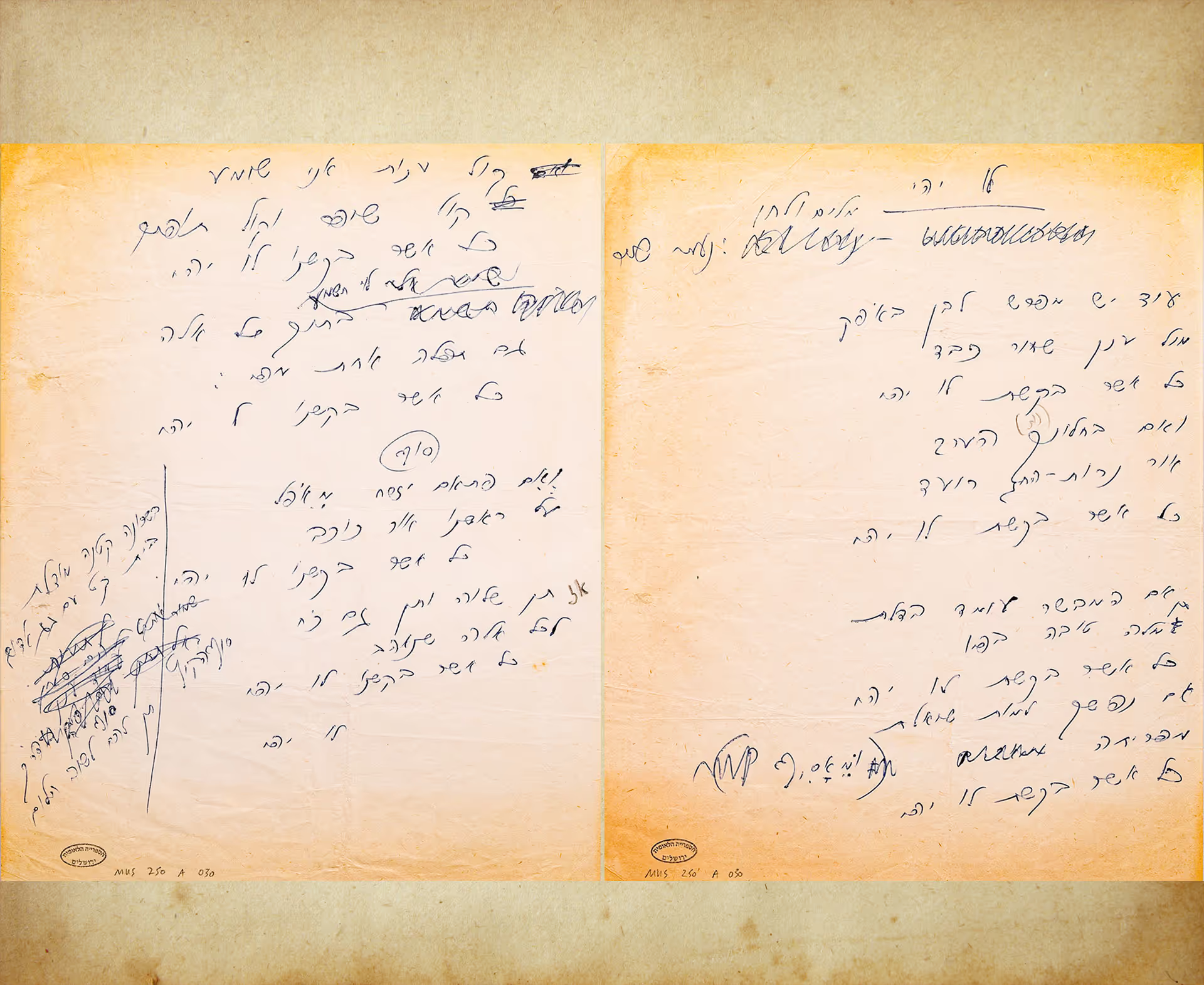
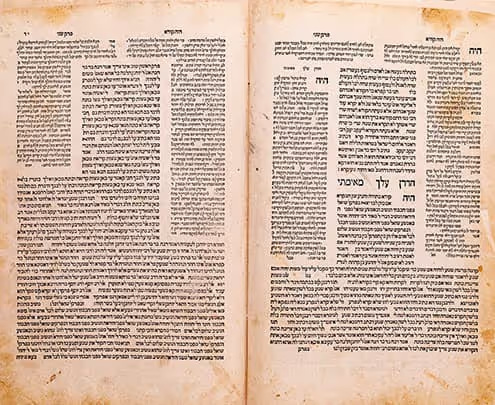






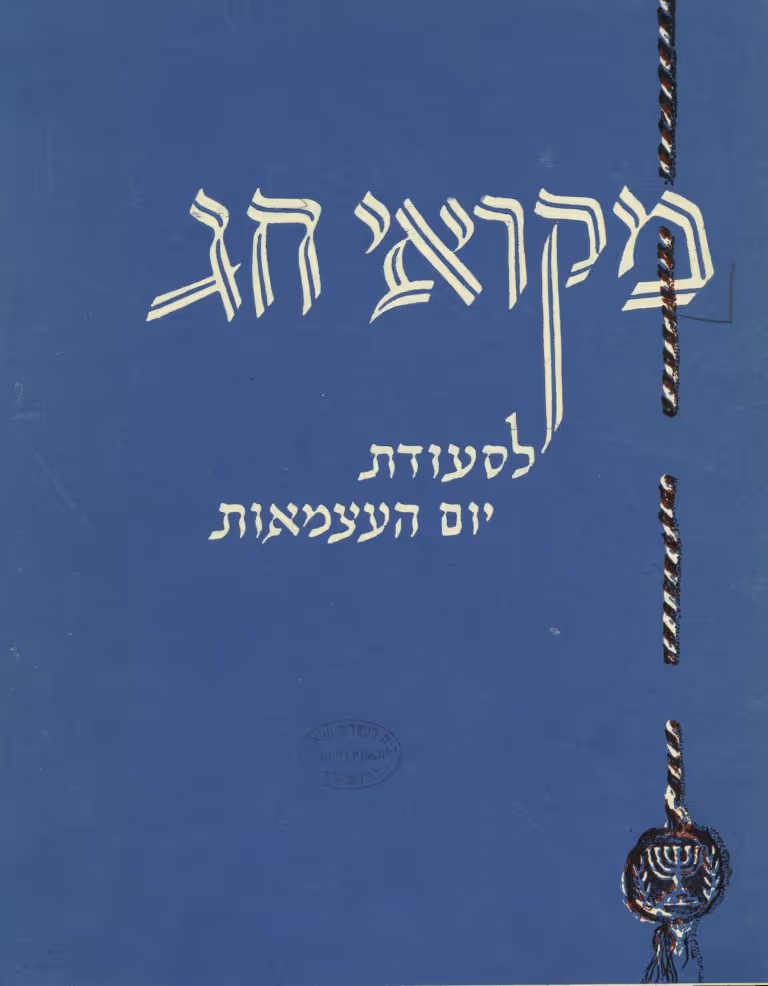
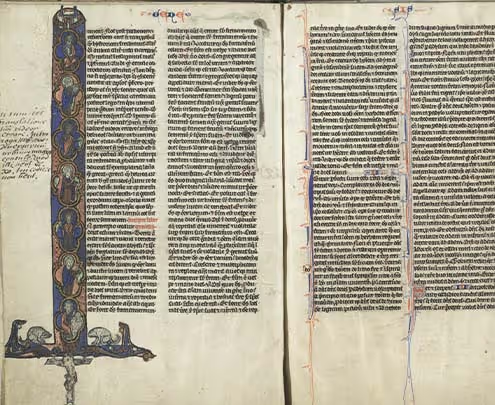

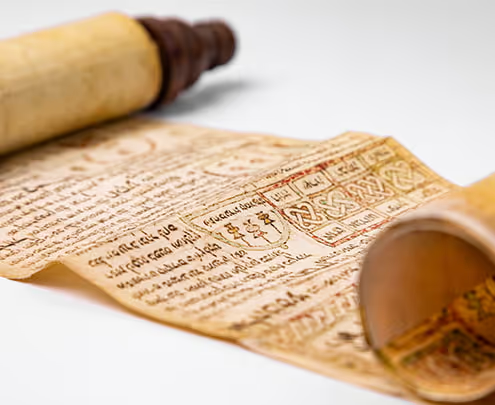


.avif)
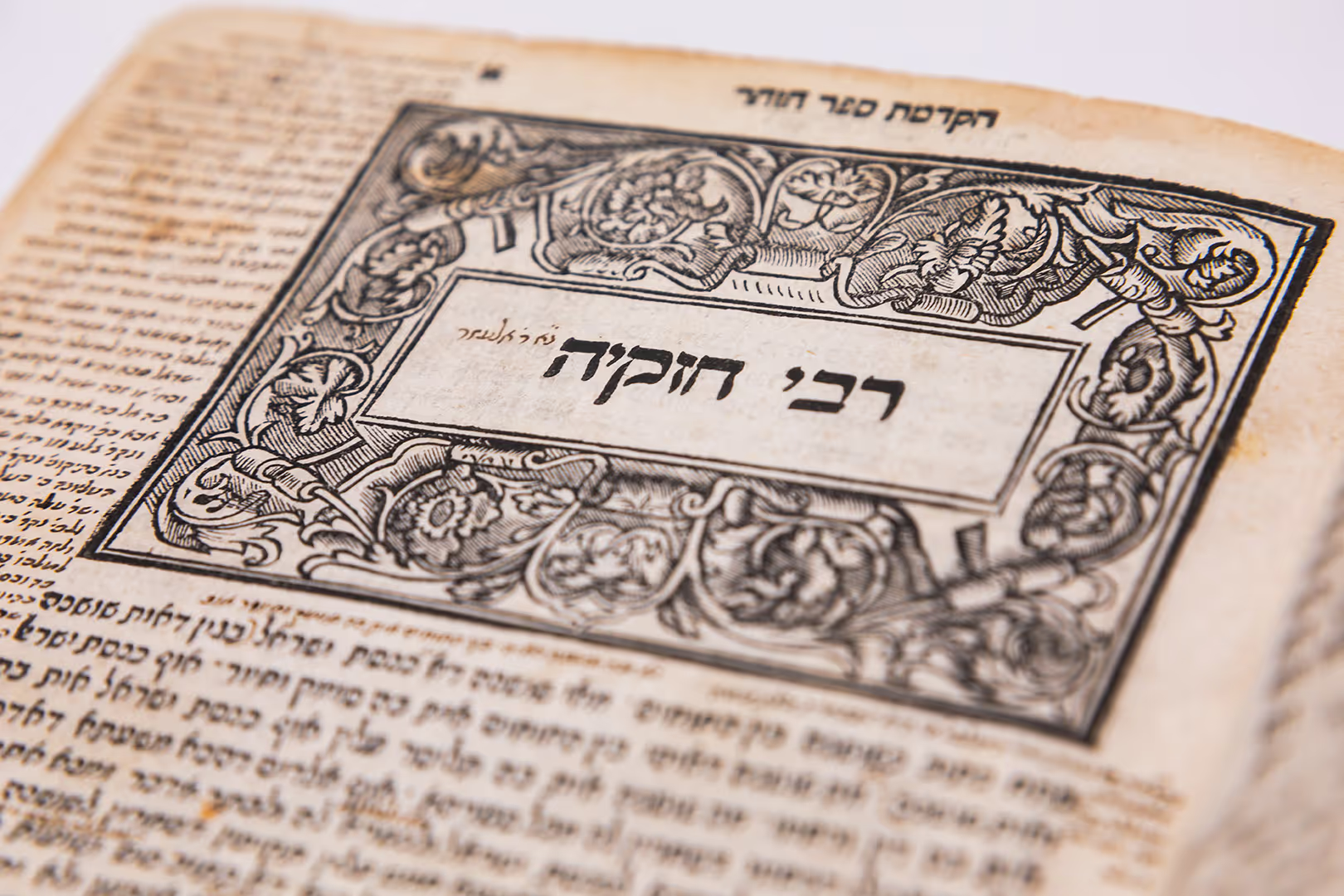





.svg)





